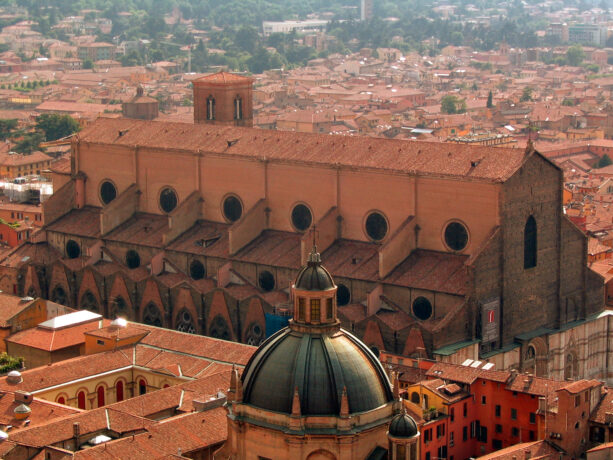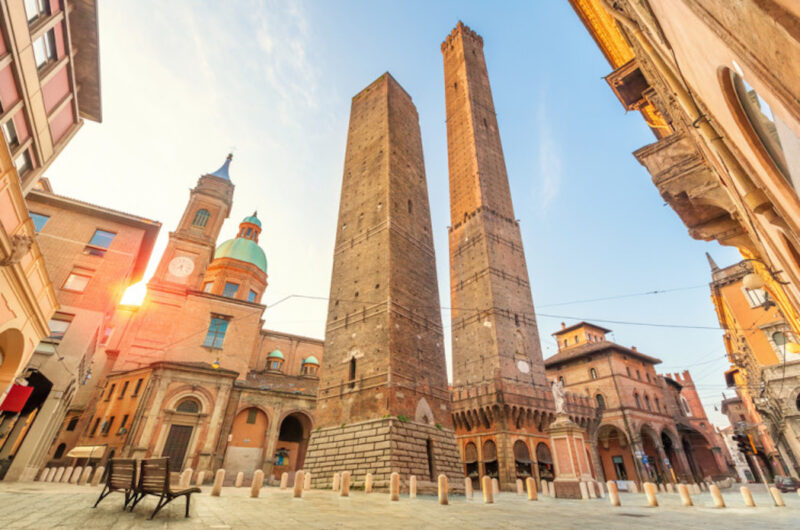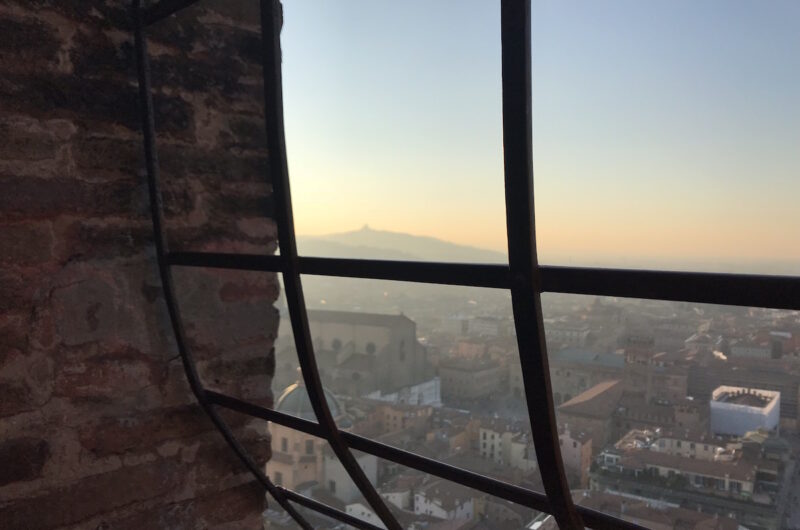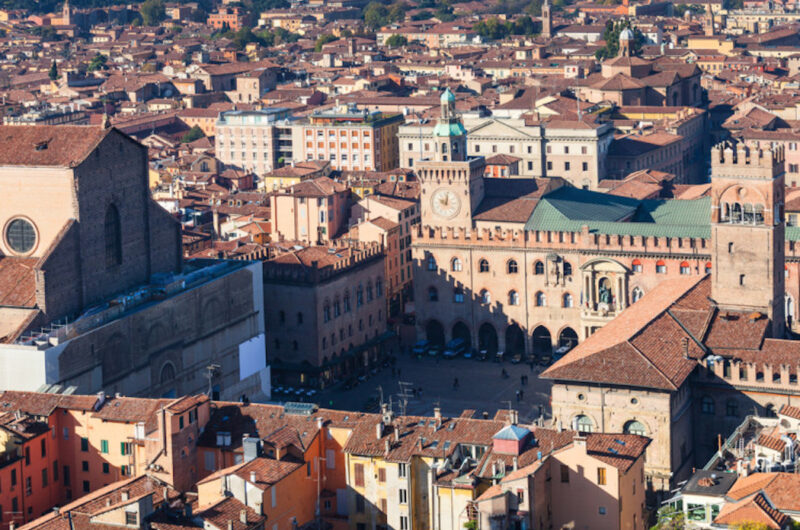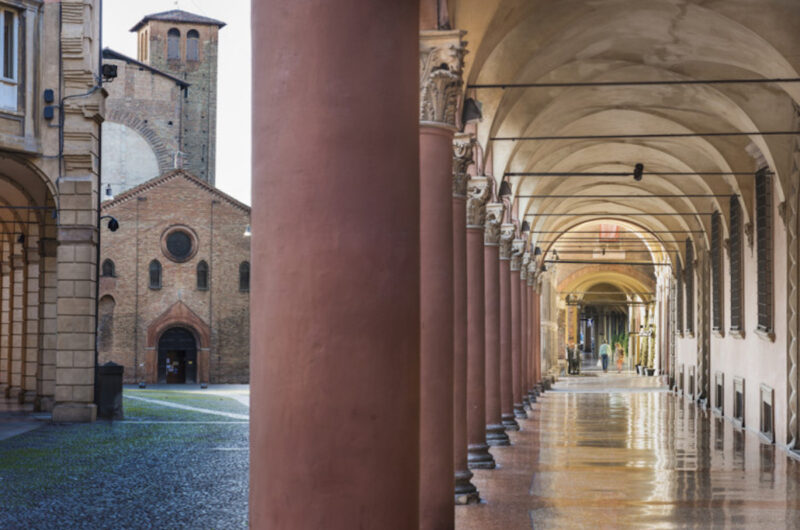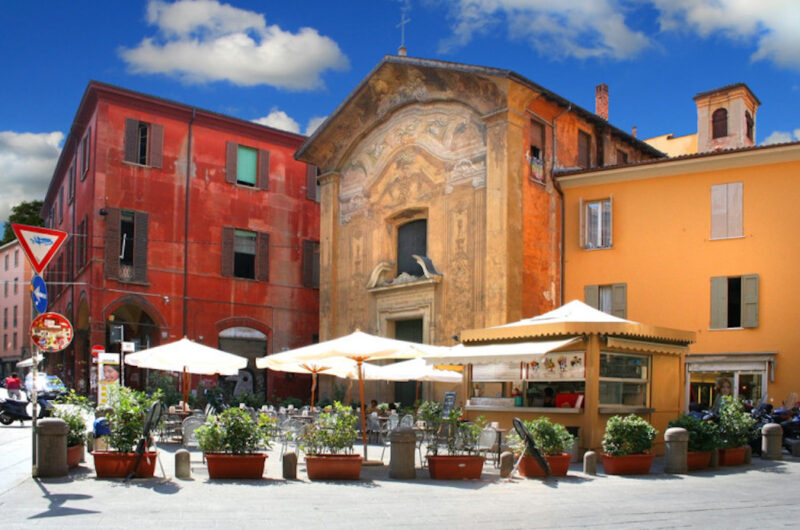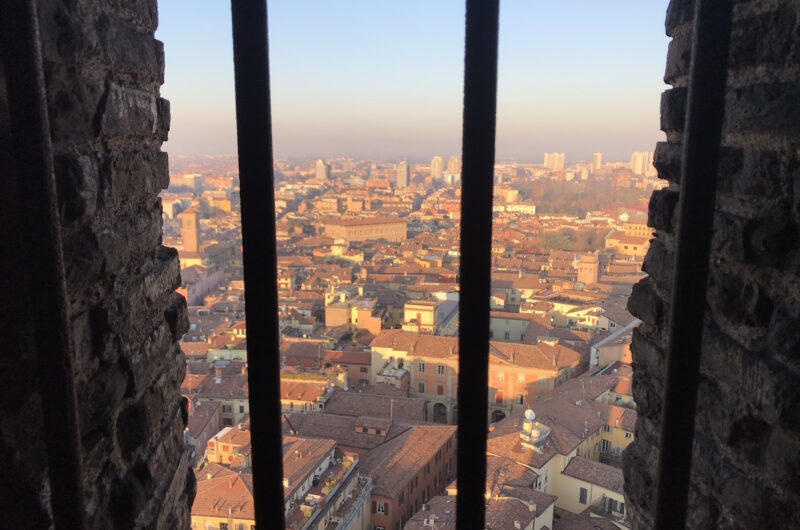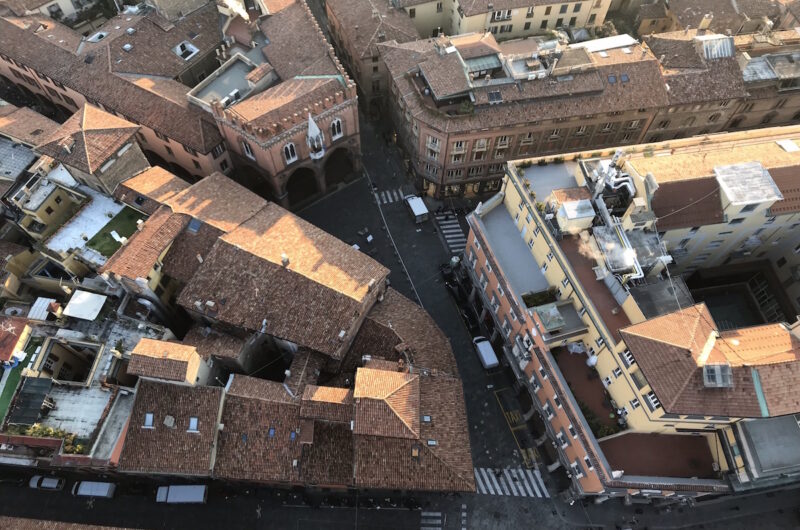Your LivTours Bologna Private Walking Tour begins at Piazza Maggiore, a large square in the heart of the Old Town on Bologna. Piazza Maggiore has existed for many centuries and features a number of important buildings as well as the adjacent piazza’s lovely 16th-century fountain of the Roman Sea God Neptune. One noteworthy landmark you will visit with your private guide in Piazza Maggiore is the awe-inspiring, Gothic Basilica of San Petronio. Dedicated to Bolgona’s Patron Saint Petronius, this incredible church’s construction began in the 14th century! See the treasures inside including the massive 15th and 16th-century organs used for the city’s famous Baroque style music and the astronomy marvel Cassini’s Meridian Line.
You will explore the famous Archiginnasio, the original main building of Bologna’s historic University dating back to the 11th century. This remarkable building houses Emilia-Romagna’s largest library (the Municipal Library) which holds priceless writings and collections dating back to the 16th century. Also inside this historic building is the 17th-century Anatomical Theatre you will be visiting. This room is intricately decorated with wood, frescoes, and statues and was originally the classroom for anatomy lectures. Learn about Bologna’s important connection to University and scholarly endeavors as we know them today.
You will wander through Bologna’s beautiful porticos, recognized as a UNESCO Heritage Site. These gorgeous covered walkways were built in the 11th and 12th centuries and span nearly 24 miles! You also will catch a glimpse of modern-meets-Medieval Bologna as you explore the old Quadrilatero markets. Here you can find many centuries of food and goods have been sold by merchants of all types. You will come to understand why Bologna has always been a gastronomic center and what delightful foods are typical today of this region, from Parmesan to Balsamic and Lambrusco!
Your guide will show you two of the most prominent landmarks of Bologna, the two leaning towers of Asinelli and Garisenda. Built in the 12th century, these symbols of wealth and power (and competition) are the few out of hundreds of such examples to have survived. Listen to the interesting stories behind their builders and their significance.


